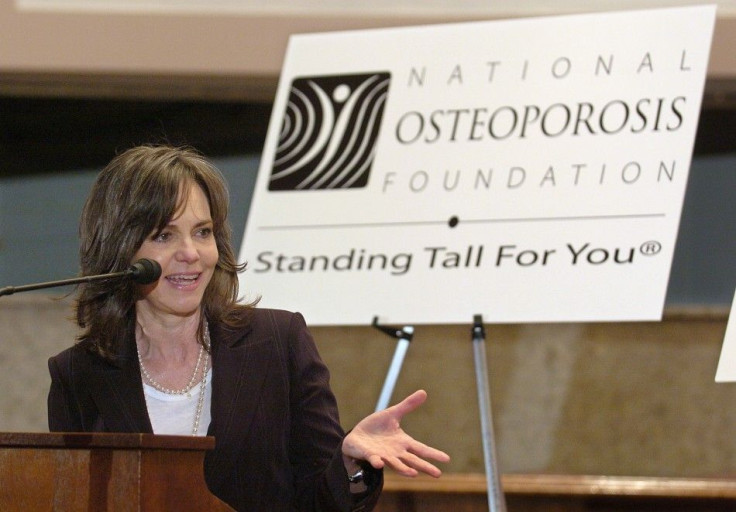Genetic Link Of Osteoporosis Found: How To Prevent Bone Loss

New genetic links to osteoporosis could lead to better drug development against a disease that causes 1.5 million fractures per year in the U.S., according to a new study. Geneticists previously identified hereditary risks for osteoporosis, but the current study begins to isolate which genes play a role.
The bone disease osteoporosis reduces bone mineral density, weakens bones and leads to an increased risk of fractures and falls. Researchers identified 56 genetic variants linked to osteoporosis and bone fractures, an important step toward developing new, targeted treatments.
The ultimate goal of genetic studies like this is to develop personal, gene-based treatments for osteoporosis as well as to better identify those at high risk for the disease, Douglas Kiel, study co-author and professor of medicine at Harvard Medical School, said in a statement. The findings could lead to new treatments to prevent or treat osteoporosis.
Each genetic variant represents a small increase in osteoporosis risk, researchers found, an increase insufficient to predict who will develop the disease. Test subjects with the most variants were only one and a half times more likely to have osteoporosis than the average person, researchers said.
The next step of incorporating this information into basic patient care is not clear, John Ioannidis, chief of the Stanford Prevention Research Center, said in a statement.
Ioannidis said he'll continue to look for genes that contribute to osteoporosis and wouldn't be surprised to find 500 or more gene variants that increase osteoporosis risk.
It certainly wouldn't be unexpected to eventually identify many more genetic regions involved in the regulation of osteoporosis and fracture risk, he said.
The journal Nature Genetics published the study on Sunday.
Osteoporosis mainly affects women -- 8 million women have the disease compared to 2 million men, according to the National Osteoporosis Foundation. The disease typically affects people over the age of 50; European or Asian decedents have a higher risk.
Risk factors for osteoporosis include age, gender and family history as well as controllable risk factors such as poor diet or lifestyle choices.
One of the biggest controllable risk factors is low calcium intake, according to the Mayo Clinic. A lack of calcium contributes to poor bone density and bone loss. Other dietary factors include a high protein diet and daily consumption of cola.
Researchers previously linked tobacco and alcohol consumption more than three times per day to increased osteoporosis risk. However, evidence suggests that moderate alcohol consumption, one drink per day, lowers the risk of developing the disease.
Doctors suggest understanding your risk factors for the disease, since signs or symptoms for osteoporosis don't currently exist.
[Osteoporosis is] silent, in that losing bone does not cause symptoms until or unless there is a fracture, Murray Favus, professor of medicine at the University of Chicago, told ABC News. So, awareness of the individual's risk factors and bone density is critical in preventing fractures.
People with osteoporosis usually suffer fractures in the hips, ribs, wrists and vertebrae, which can lead to falls and cause further complications, such as pneumonia and deep vein thrombosis. To prevent bone loss and falls, doctors recommend staying active.
Exercise, exercise, exercise to enhance bone strength, particularly weight bearing, but also jumping in place, [and] running if you can, Ranit Mishori, assistant professor of family medicine at Georgetown University, told ABC News. Tai chi has been shown to be very beneficial in maintaining balance and gait to prevent falls, which could be disastrous if you have weak bones.
Osteoporosis can be treated with medications to stop bone loss, but preventing the disease in the first place is a better course of action, Favus said. He recommended people at risk speak to their doctor and create a lifestyle plan.
For those with weak bones, [or] increased fracture risk with susceptibility to fracture with little or no trauma, a treatment plan to strengthen bone and prevent further bone loss should be undertaken and followed with good adherence, Favus said.
© Copyright IBTimes 2024. All rights reserved.





















